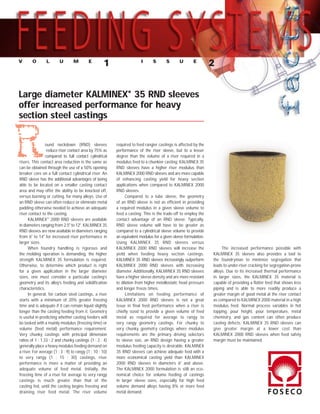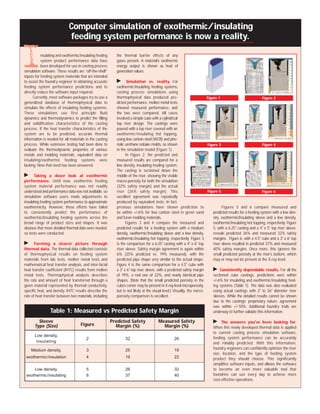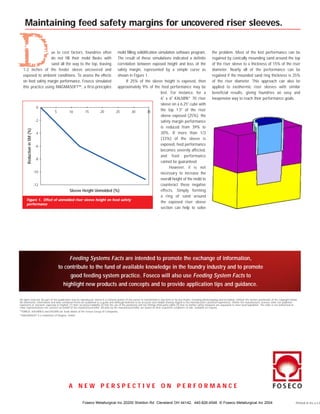This document discusses the use of computer simulation to model the performance of exothermic and insulating feeding systems in castings. Thermal data was collected on feeding system materials through testing to provide accurate inputs for simulation software. Simulation results were found to closely match actual test results for castings, predicting feeding system performance to within 6% accuracy. The availability of detailed thermal property data for insulating and exothermic feeding materials now allows foundries to more reliably simulate and optimize their feeding system designs.



